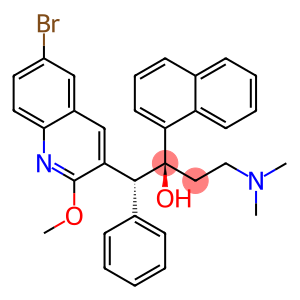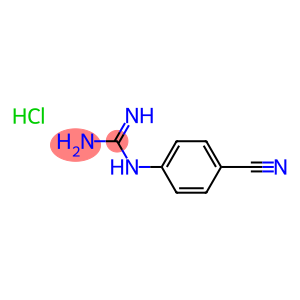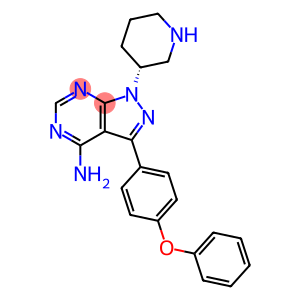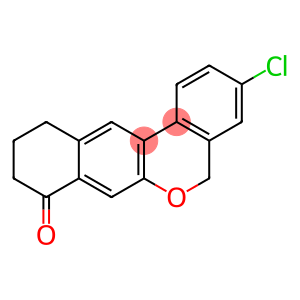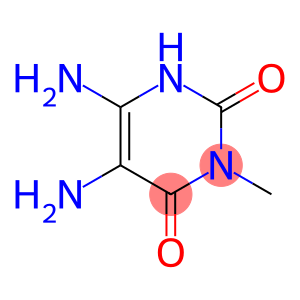3-Methylxanthine(CAS#1076-22-8)
| Risk Codes | R22 – Harmful if swallowed R26/27/28 – Very toxic by inhalation, in contact with skin and if swallowed. |
| Safety Description | S22 – Do not breathe dust. S24/25 – Avoid contact with skin and eyes. |
| WGK Germany | 1 |
| RTECS | ZD8750000 |
| HS Code | 29335990 |
| Toxicity | LD50 intraperitoneal in mouse: 894mg/kg |
Introduction
3-Methylxanthine is an organic compound that is also known as caffeine. The following is an introduction to the properties, uses, preparation methods and safety information of 3-methylxanthine:Quality:- 3-Methylxanthine is a white crystalline solid that is tasteless or slightly bitter.- It is slightly soluble in water, and the solubility is temperature-dependent.- It is soluble in absolute ethanol and chloroform, but insoluble in non-polar solvents such as ether.- The chemical structure of 3-methylxanthine contains a methyl group and three nitrogen atoms, and it has a certain alkalinity.Use:- 3-Methylxanthine is a widely used stimulant and is often used as a major ingredient in coffee and tea.- It has a refreshing effect, relieves fatigue, increases stamina and concentration.Method:- 3-Methylxanthine is prepared in a variety of ways, the most common being extracted from coffee beans and tea leaves.- Extraction methods include water immersion, solvent extraction, and supercritical CO2 extraction.- In addition to extracting from natural sources, it can also be prepared by chemical synthesis.Safety Information:- 3-Methylxanthine is considered safe at general dosages, but excessive intake may cause some side effects such as insomnia, anxiety, heart palpitations, etc.- For certain populations, such as pregnant women, children, and people with cardiovascular disease, excessive caffeine intake may cause adverse effects.- Long-term high caffeine intake can also lead to addiction and dependence.


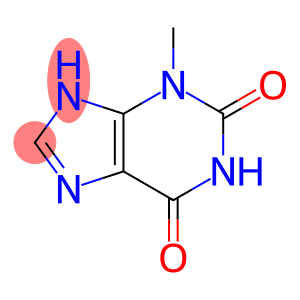
![4-[(4,6-dichloropyrimidin-2-yl)amino]benzonitrile(CAS#329187-59-9)](https://www.xinchem.com/uploads/dichloropyrimidin.png)
